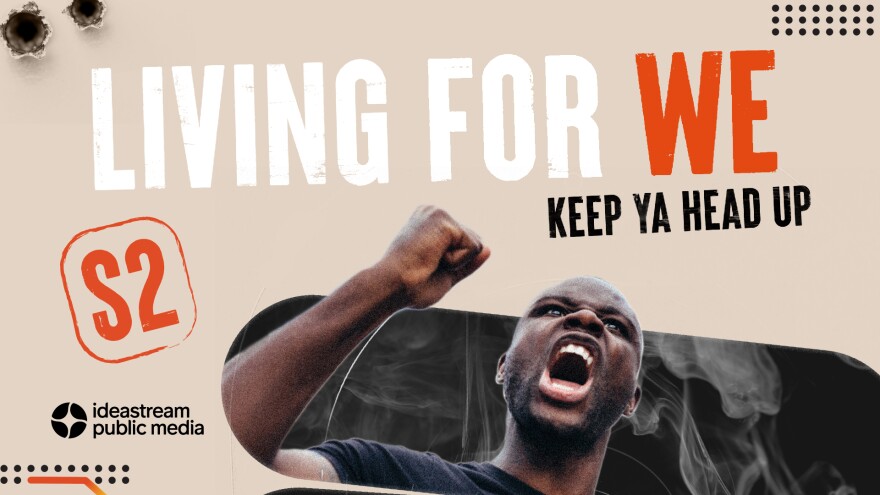Northeast Ohio's communities have taken different approaches to addressing gun violence — but with shootings now the leading cause of death for people under 18, youth outreach is a common thread.
That was one of the key takeaways from Ideastream Public Media's weeklong reporting series on gun violence. The series ended Friday, as part of the Connecting the Dots initiative examining links between race and health.
Several stories in the series focused on how local organizations are teaching children the impact of gun violence. For example:
- A University Hospitals program provides counseling for youth who have been involved in shootings, with the aim of reducing their likelihood of repeat violence.
- At Camp Whitewood, a 4-H camp in Ashtabula County, kids learn range commands and the basics of gun safety before touching a rifle.
- School districts including in Cleveland and Akron provide gun-safety lessons to young children as part of Safety Town trainings. The main vehicle for many has been the National Rifle Association-created Eddie Eagle cartoon, which has proven ineffective in preventing gun violence. Educators say they're shifting more toward teaching kids not to pick up guns at all, and to be wary of what appear to be toy guns because they could real.
- The Serving Our Streets program in Lorain County assigns mentors to students to provide social and economic resources and conflict resolution tactics.
Such programs have the added benefit of avoiding debates about gun control or the Second Amendment, according to the head of the University Hospitals program.
Whether youth training will lower rates of gun violence in the region long-term remains to be seen. But early results from the University Hospitals and Serving Our Streets programs show counseling and mentorship can prevent future violence for participants.
That's good news for Northeast Ohio, where data from the Gun Violence Archive show that while national gun violence figures have dipped since the COVID-19 pandemic, rates have remained persistently high in Cleveland, Mansfield and Warren.
There's no definitive explanation for why some parts of the region have seen increasing gun violence. But areas with higher poverty rates generally record higher firearm homicide and suicide rates, according to the CDC. Both Cleveland and Cuyahoga County have higher-than-average poverty rates.
Living for We: Keep Ya Head Up, a podcast about gun violence and solutions in Northeast Ohio, also dropped its first episode last week. The first episode featured the stories of young men who became involved in gun violence early in their lives — in part to protect themselves from enemies who had guns.
Take a look back at our week's worth of stories below — featuring everything from boots-on-the-ground organizations working to reduce repeat offenses to the varied sentences handed out to convicted offenders.
Listen to the podcast

In the Cleveland area, and in cities across the country, teens and young adults are dying in our streets – victims of gun violence. There's no question: it’s an epidemic. It's the leading cause of death for teenagers. Young Black men often feel like they a target on their backs. Kids in schools face metal detectors, police presence in the hallways, and shootings at football games.
Every bullet fired creates two victims: the child in front of the gun, and the one pulling the trigger.
In Season 2 of the Living For We podcast, we're asking what can be done to reverse cycles of violence and retaliation when shooters value their reputation over their own lives. We know where this violence occurs, we know what drives it. How can we start Living For We and decrease the violence?
Learn more and listen to 'Living For We: Keep Ya Head Up' here.












